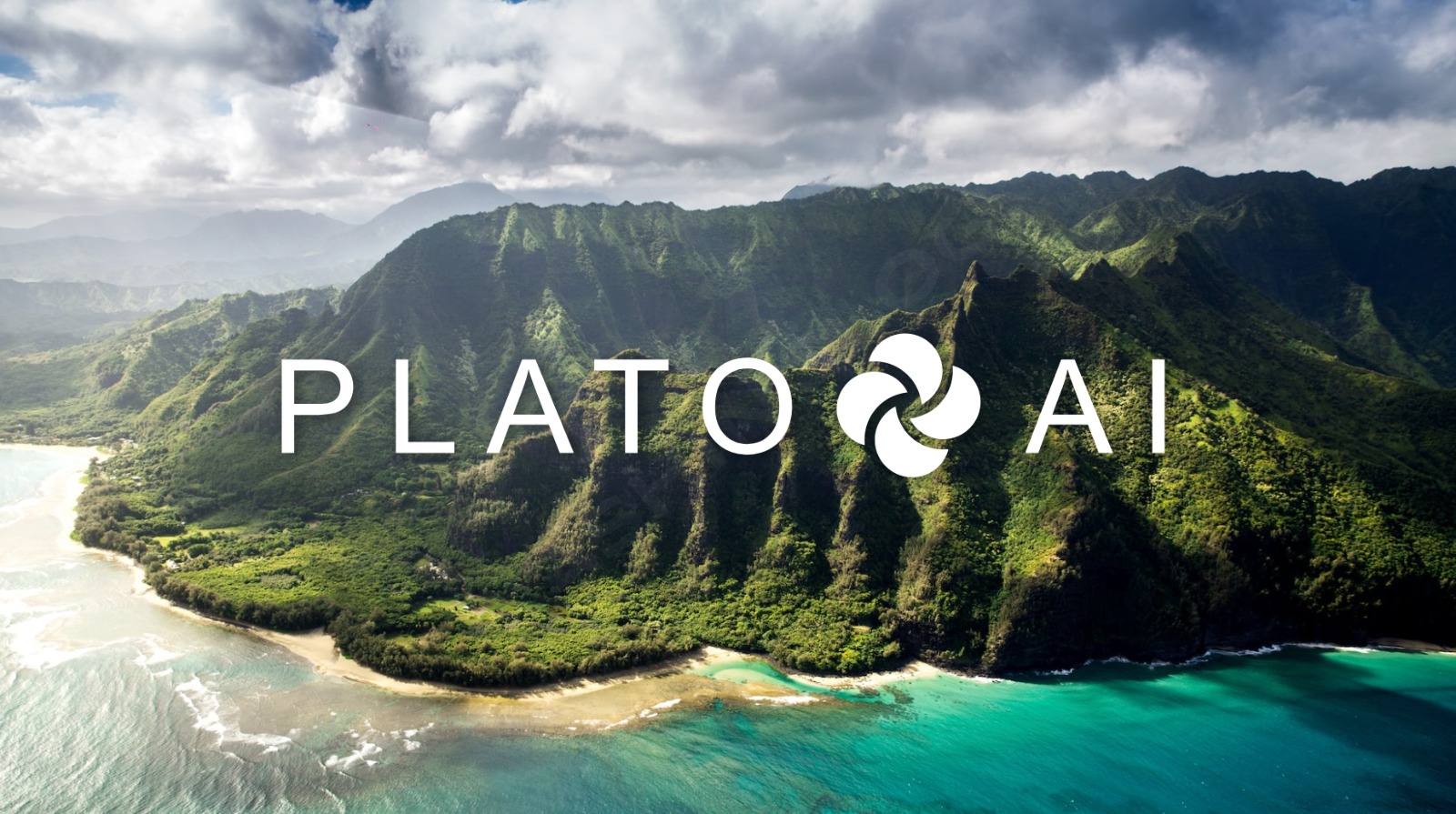
**Urgent Call for Innovative Strategies to Restore New Zealand’s Deteriorating Lakes and Rivers**
New Zealand, renowned for its breathtaking landscapes and pristine natural beauty, is facing a critical environmental challenge: the deterioration of its lakes and rivers. Once celebrated for their crystal-clear waters and vibrant ecosystems, many of these freshwater bodies are now suffering from pollution, invasive species, and the impacts of climate change. The urgency to restore these vital waterways has never been greater, and innovative strategies are essential to reverse the damage and ensure a sustainable future.
### The State of New Zealand’s Freshwater
New Zealand’s freshwater systems are integral to the country’s biodiversity, economy, and cultural heritage. However, recent reports indicate alarming levels of degradation. According to the Ministry for the Environment, over half of New Zealand’s monitored lakes have poor water quality, and many rivers are failing to meet ecological health standards. Key issues include:
1. **Nutrient Pollution**: Agricultural runoff, particularly nitrogen and phosphorus from fertilizers and livestock waste, has led to eutrophication. This process depletes oxygen in the water, causing harmful algal blooms that can be toxic to both aquatic life and humans.
2. **Sedimentation**: Deforestation and poor land management practices have increased sediment loads in rivers and lakes. Sedimentation smothers habitats, disrupts aquatic life, and reduces water clarity.
3. **Invasive Species**: Non-native plants and animals have outcompeted indigenous species, altering ecosystems and reducing biodiversity.
4. **Climate Change**: Rising temperatures and altered precipitation patterns are exacerbating existing problems, leading to more frequent droughts and floods that further stress freshwater systems.
### The Need for Innovative Solutions
Traditional approaches to freshwater management have proven insufficient in addressing these complex challenges. There is a pressing need for innovative strategies that integrate scientific research, community engagement, and sustainable practices. Here are some promising avenues:
1. **Precision Agriculture**: Leveraging technology to optimize fertilizer use can significantly reduce nutrient runoff. Precision agriculture involves using sensors, drones, and data analytics to apply fertilizers more efficiently, minimizing environmental impact while maintaining crop yields.
2. **Riparian Buffer Zones**: Establishing vegetated areas along waterways can filter out pollutants before they enter lakes and rivers. These buffer zones also provide habitat for wildlife and help stabilize banks, reducing erosion.
3. **Bioremediation**: Utilizing natural processes to clean up polluted water is a promising approach. For example, certain plants and microorganisms can absorb and break down contaminants, restoring water quality without the need for harmful chemicals.
4. **Community-Led Initiatives**: Engaging local communities in conservation efforts is crucial for long-term success. Programs that involve citizen scientists in monitoring water quality or that support indigenous-led restoration projects can foster a sense of stewardship and ensure that solutions are culturally appropriate.
5. **Policy and Regulation**: Strengthening environmental regulations and ensuring their enforcement is essential. This includes setting stricter limits on nutrient discharges, protecting wetlands, and incentivizing sustainable farming practices.
6. **Climate Resilience Planning**: Developing strategies to mitigate the impacts of climate change on freshwater systems is vital. This could involve creating water storage solutions to manage droughts, restoring natural floodplains to absorb excess water during floods, and enhancing ecosystem connectivity to allow species to migrate in response to changing conditions.
### Success Stories and Case Studies
Several successful initiatives provide hope and valuable lessons for restoring New Zealand’s freshwater systems:
– **Lake Taupō Protection Project**: This project has successfully reduced nitrogen levels entering Lake Taupō by working with farmers to adopt sustainable land use practices. The initiative combines regulatory measures with financial incentives, demonstrating the effectiveness of a collaborative approach.
– **Waikato River Restoration**: The Waikato River Authority has implemented a comprehensive restoration plan that includes riparian planting, wetland restoration, and community engagement. The project has seen improvements in water quality and biodiversity, highlighting the importance of integrated management.
### Conclusion
The deterioration of New Zealand’s lakes and rivers is a pressing environmental issue that demands immediate action. By embracing innovative strategies that combine technology, community involvement, and sustainable practices, it is possible to restore these vital ecosystems. The success of such efforts will not only preserve New Zealand’s natural heritage but also ensure the health and well-being of future generations. The time to act is now—New Zealand’s freshwater systems depend on it.
- Source Link: https://zephyrnet.com/new-approach-needed-to-turn-around-the-declining-state-of-nzs-lakes-and-rivers/
- SEO Powered Content & PR Distribution. Get Amplified Today.
- PlatoData.Network Vertical Generative Ai. Empower Yourself. Access Here.
- PlatoAiStream. Web3 Intelligence. Knowledge Amplified. Access Here.
- PlatoESG. Carbon, CleanTech, Energy, Environment, Solar, Waste Management. Access Here.
- PlatoHealth. Biotech and Clinical Trials Intelligence. Access Here.
- Source: https://platodata.network/platowire/urgent-call-for-innovative-strategies-to-restore-new-zealands-deteriorating-lakes-and-rivers/


Jones Expresses Desire for Removal of Climate Commission CEO
**Jones Expresses Desire for Removal of Climate Commission CEO** In a surprising turn of events, Senator Rebecca Jones has publicly...